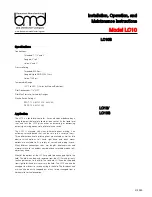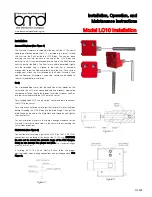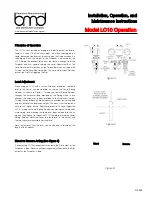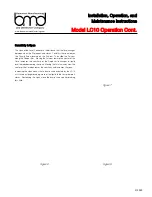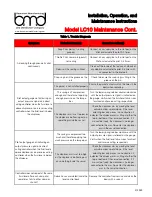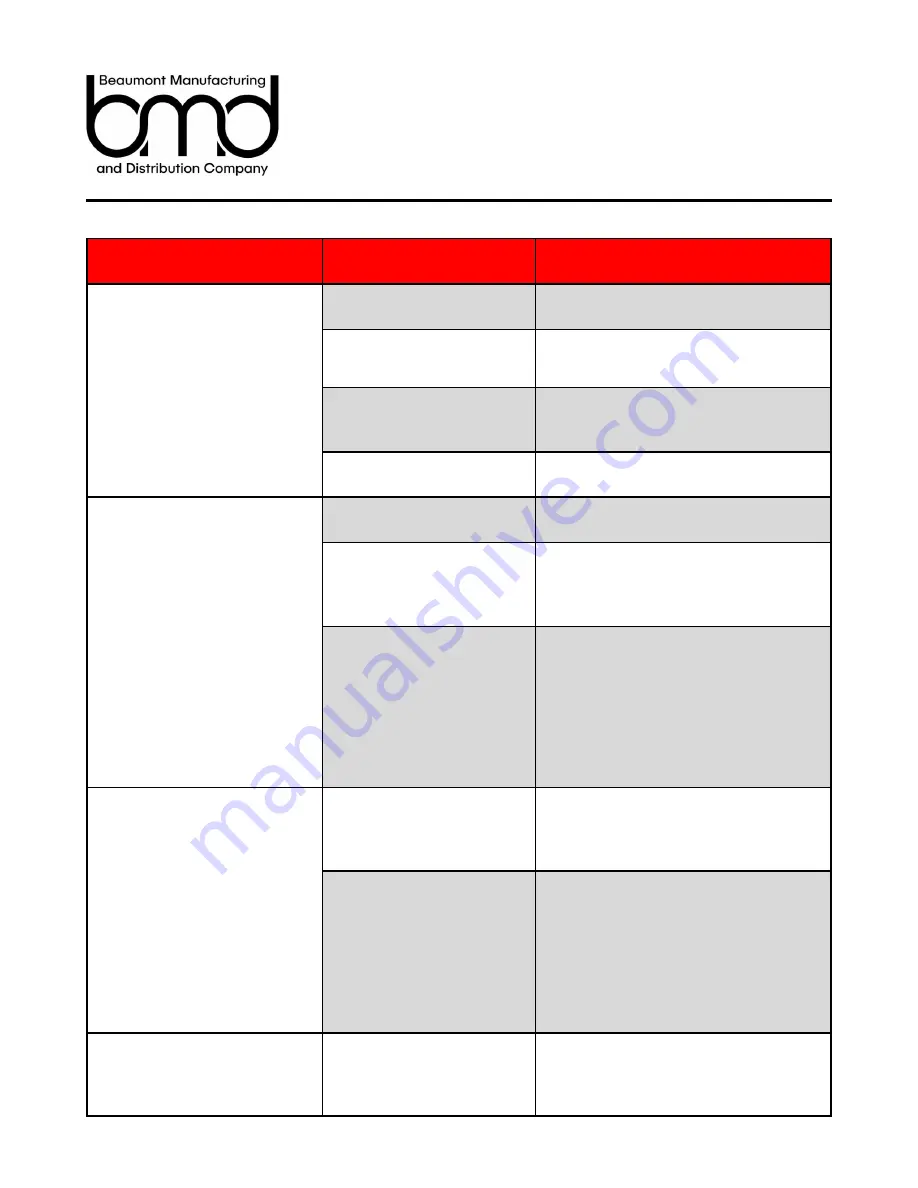
1/2019
Installation, Operation, and
Maintenance Instructions
www.beaumontmanufacturing.com
Model LC10 Maintenance Cont.
Symptom
Probable Cause(s)
Corrective Action(s)
Air leaking through pneumatic pilot
continuously
Snap Pilot: Ball isn't seating
properly
Connect an air supply line to the inlet port on the
Pilot and actuate the pilot 2
-
4 times
Throttle Pilot: Lower pin (peanut)
not seating
Connect an air supply line to the inlet port on the
Pilot and actuate the pilot 2
-
4 times.
Debris on the sealing surfaces
Clean out the inside of the top cap and body of
any debris and actuate the pilot 2
-
4 times with
air connected to the inlet port.
Snap ring not in the groove on the
pin
Check to be sure the snap ring is sitting in the
groove on the pin.
Pilot output gauge not indicating an
output pressure signal on a direct
acting controller when the fluid level is
above displacer or on a reverse acting
controller when the fluid level is below
the displacer.
The gasket is not installed properly
Ensure the gasket cutouts match the holes in the
body when replacing.
The spring isn't compressed
enough and therefor not applying
enough pressure on the torque
bar.
Turn the lower spring retainer counter
-
clockwise
until the output pressure signal is indicated on
the gauge. Verify when the fluid level falls or rises
for direct and reverse acting, respectively.
The displacer arm is set too low or
the displacer is bottoming out on
something inside the vessel
Check the displacer arm by moving the level
adjustment bar up and down. If the level
adjusting bar only moves in one direction it
indicates the displacer arm is sitting at either the
top or bottom of the vessel connection. If it
moves too freely, the displacer is no longer
connected to the arm. Re
-
center the displacer
arm in the vessel connection.
Pilot output gauge not indicating an
output pressure signal on a direct
acting controller when the fluid level is
above displacer or on a reverse acting
controller when the fluid level is below
the displacer.
The spring is compressed too
much and therefor applying too
much pressure on the torque bar.
Turn the lower spring retainer clockwise until the
output pressure signal is relieved on the gauge.
Verify when the fluid level falls or rises for direct
and reverse acting, respectively.
The displacer arm is set too high
or the displacer is bottoming out
on something inside the vessel
Check the displacer arm by moving the level
adjustment bar up and down. If the level
adjusting bar only moves in one direction it
indicates the displacer arm is sitting at either the
top or bottom of the vessel connection. If it
moves too freely, the displacer is no longer
connected to the arm. Re
-
center the displacer
arm in the vessel connection
Controller does not repeat at the same
fluid level after each dump and
sometimes fails to either dump or
shut
-
off
Debris has accumulated inside the
level control body
Remove the controller from service and clean the
body with a solvent
Table 1. Trouble Diagnosis

